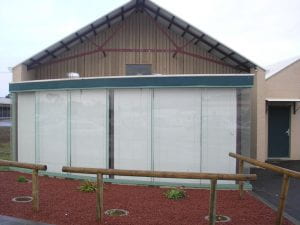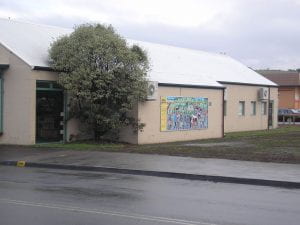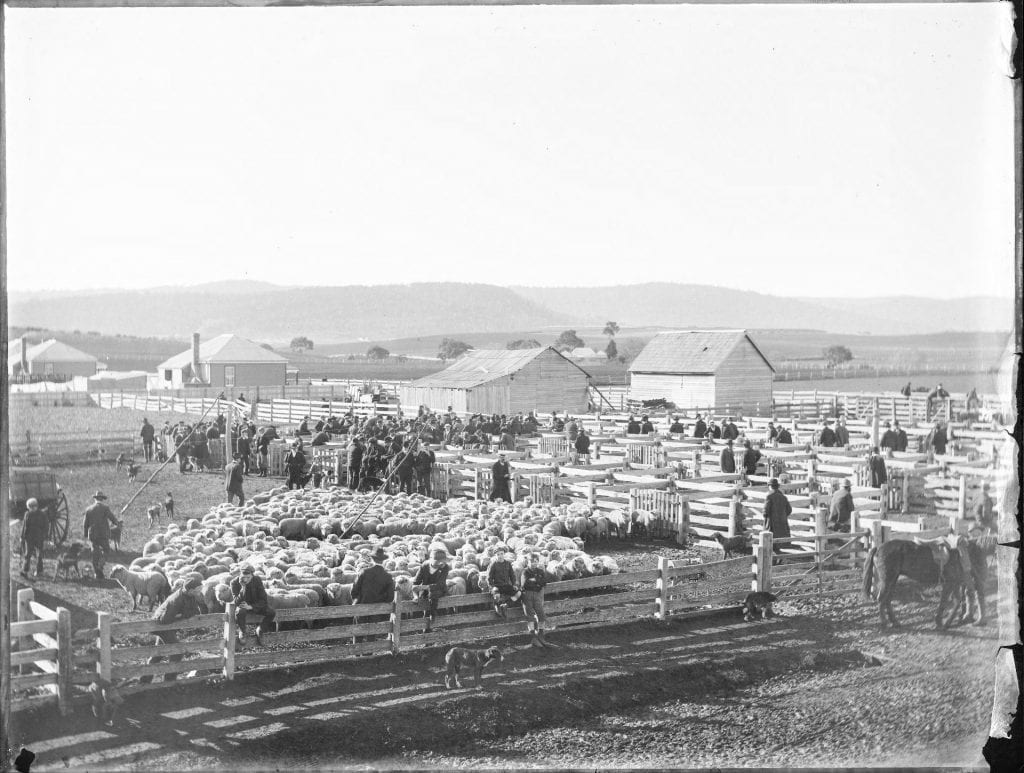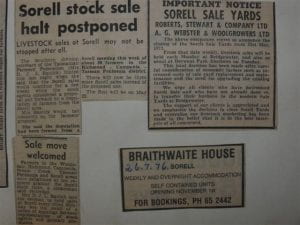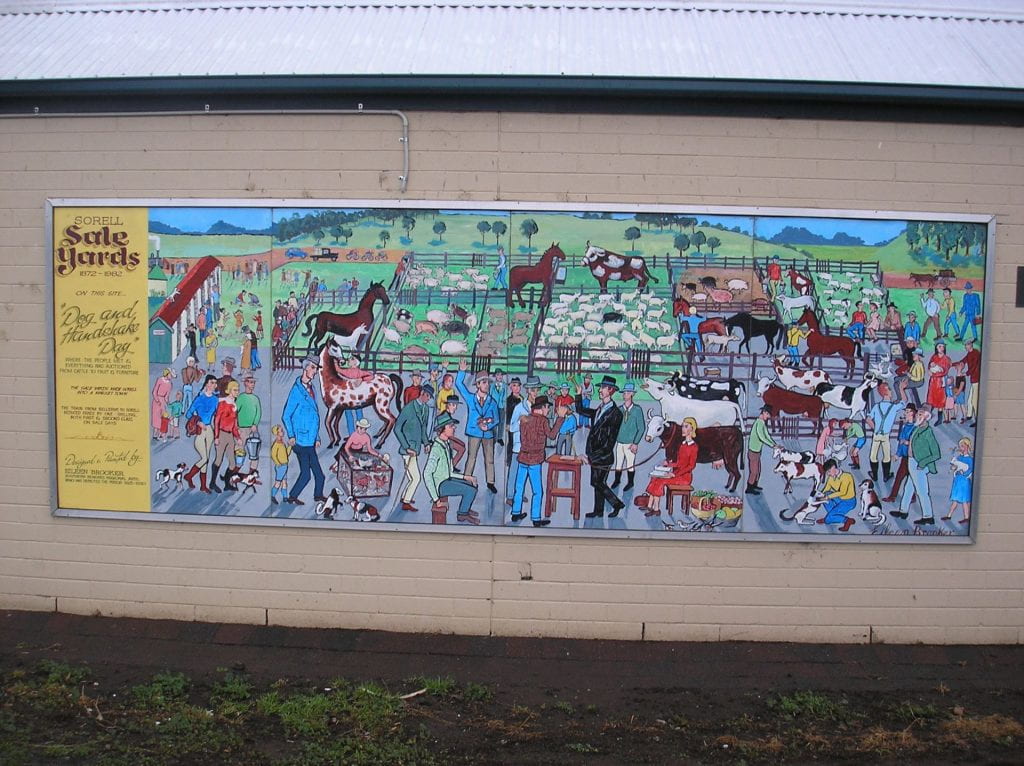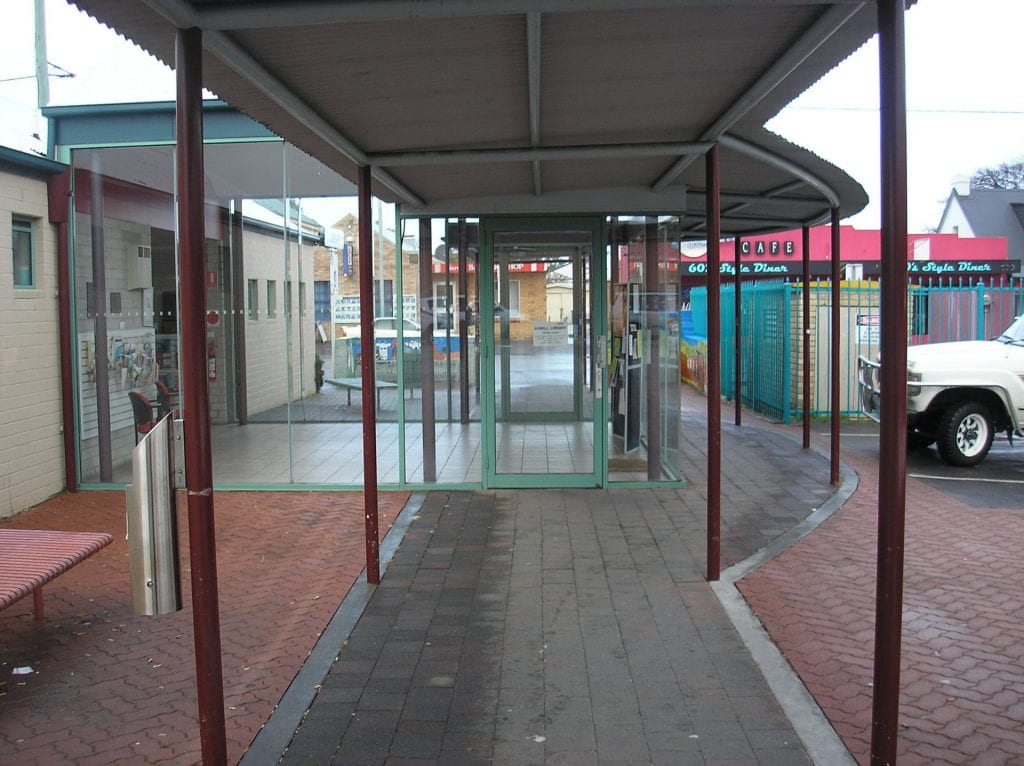
INTERVIEW: Christine – librarian 2008
The present Sorell library opened 17th of December 1988. Before that it was at the Sorell Council Chambers and before that it was at the Sorell Memorial Hall. The piano at the Sorell library was donated by the Rotary Club, Lions Club and the Sorell Council on the 22nd of March 1991. Some of the pictures were donated when it was first opened.
Around 1986-1987 the library was too small for the amount of people using it. Eileen Brooker circulated a petition amongst the community proposing that a library be built to commemorate Australia’s bicentenary. This is the building they’re in now. It was built through funding from the local government and the state library. This year 2008 they celebrate their 20th birthday. It was purposely built for a library. Before it was built on, the land was part of the saleyards.
Every now and again they have authors speak at the library. People who have spoken there are Roy Bridges, Neil Davis and some local authors. For 138 years the Sorell library was moved around until it reached the place it’s in now. Until 1978 the libraries were run by the council or the Red Cross. In 1978, it started being run by the state library.
An early record of another library was where the antiques shop use to be, then it moved to the cottage on the corner where Mitre Ten is, then it moved to the memorial hall in the ladies cloakroom, then it was moved to the old Sorell Council Chambers. The children from Sorell School use to go down to the cottage and pick books. During the second World War the librarian use to take the books up to the school in boxes for the children to choose their books.
Around 1980 the library moved back to the Magistrates Court behind the council chambers.
Pictures taken by Brad and Sean
